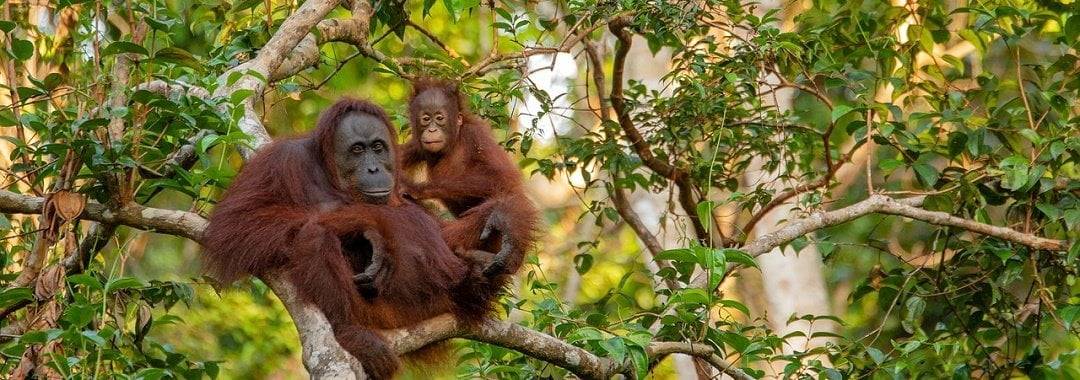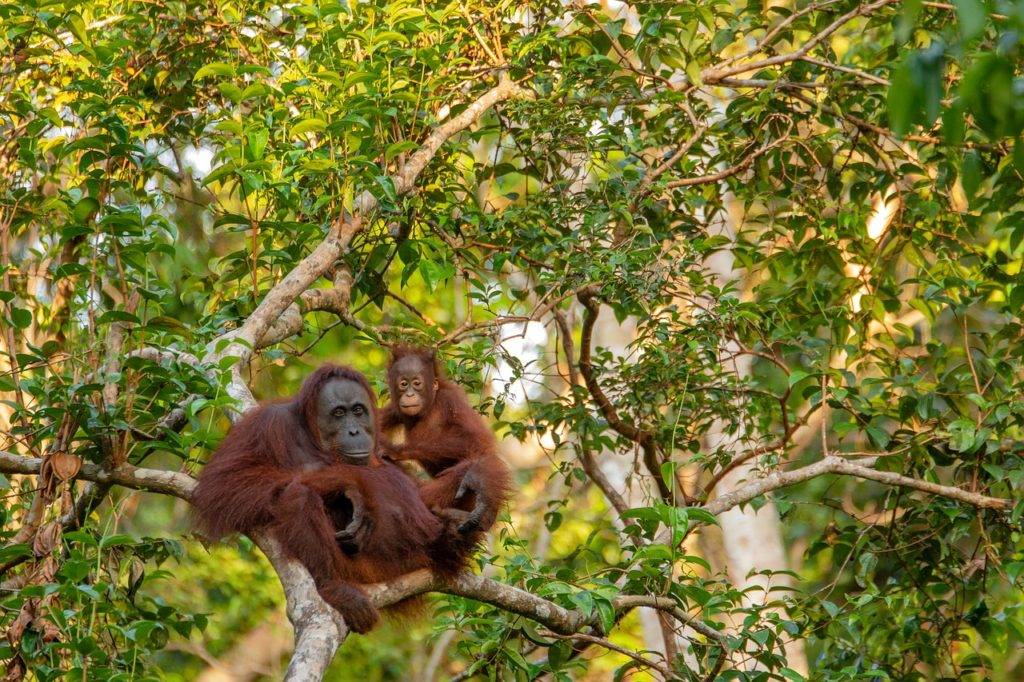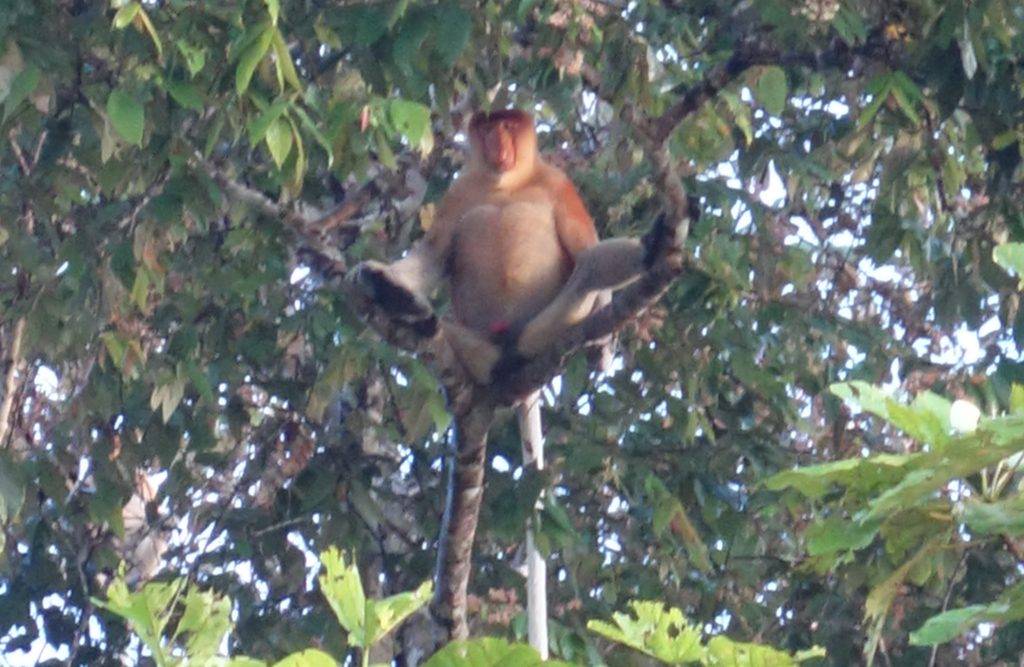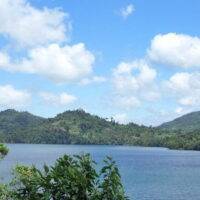12 ethical places in Southeast Asia to see wildlife

Last Updated on January 4, 2024
Southeast Asia is full of national parks, conservation areas, and wildlife sanctuaries. Unfortunately, the lack of education and legislation leads to people trying to profit from animal tourism without caring for the animals’ well being. The fault is also on tourists who don’t inform themselves of the terrible effects animal tourism can have. The perfect example of this would be the elephant-riding attractions in Thailand.
Here is a list of places you can visit in Southeast Asia if you want to see wildlife, either in the wild or in ethical sanctuaries.
Philippines
Tarsiers Sanctuary – Bohol

Tarsiers are the smallest primates in the world; they’re about 10 to 15 cm high. They’re also endangered. There are few places in the world where you can see them, mostly in Bohol and in Sulawesi (Indonesia), and they’re usually impossible to spot in the wild. In the sanctuary, they are free to come and go as they please. They sleep a lot and are not really active, so you can generally spot a couple near the main trail (where they feed them).
Tarsiers are really shy creatures; they get scared super easily, and when this happens, they might kill themselves, they just stop breathing. Try not to make noise, don’t use the flash on your camera, and don’t try to touch them.
Negros Forest and Ecological Foundation – Bacolod

A century ago, 90% of Negros Island was covered with forest; now it’s only 4%. Most of the endemic species are endangered, and Negros wildlife has drastically dropped in the last few decades.
The center in Bacolod tries to give a home to the animals who have nowhere to go (they often get killed by farmers if they end up in the fields). They also try to breed the most endangered species. Their goal is to be able to release the animals in the wild, but it’s just not possible now, so they do the best they can with the limited resources they have. If you want to help, you can donate.
Most of the animals there are birds, bats, and reptiles. There’s also a few wildcats, deers and boars. Among the species endemic to Negros, you can see the Eastern Grass owl, leopard cats, Philippines spotted deer and Visayan warty pigs.
Check out more things to do in the Philippines.
Indonesia
Gunung Leuser National Park – Sumatra

Gunung Leuser National Park is where you’ll have the most chances to see wild Orangutans. It’s also one of the world’s most diverse places in terms of biodiversity. The park is also home to hard-to-spot tigers, rhinoceroses, and elephants.
Ujung Kulon National Park – Java

The Ujung Kulon National Park in South-West Java is the biggest remaining area of lowland rainforest on the island. The fauna and flora are as rich as they are diverse, several species of which are endangered. The park is one of the only places where you’ll see the Javan rhinoceros, a species seriously under threat, around 50 live in the park. It’s rare to spot them, but if you’re lucky you might see one.
Other species are found in the park such as the Javan leopard, the silvery gibbon, and the Javan lutung. Most frequently spotted animals are peacocks, wild pigs, otters, deer, squirrels, leaf monkeys, gibbons, and big monitor lizards.
Check out more things to do in Indonesia.
Malaysia
In Malaysia, Borneo island is the go-to place if you want to see wildlife. Here are a couple of places you can check out:
Semenggoh Nature Reserve

In this sanctuary, they rescue orphans and teach them to survive on their own. Once they finished “school”, the orangutans are freed into the wild. Because there’s not enough food in the nearby rainforest, they keep on feeding them, but they’re free to come or not. It’s during the feedings that you’ll have chances to spot a couple.
Sepilok Orangutan Rehabilitation Centre

Same as the sanctuary above, they rescue and train orphans, then keep on putting food at their disposal. You can visit the nursery and the kindergarten, to see how they teach the babies basic Orangutan survival skills.
Bornean Sun Bear Conservation Centre

Right next to the Sepilok Orangutan center, you’ll find a sun bear sanctuary. They rescue Sun Bears from farms where they’re illegally exploited for their bile, used in Chinese medicine. Some of them are so traumatized, they never leave their cage. They try to teach them how to live in the wild, but only a few can be released and survive on their own.
Sukau

In Sukau, a small village, you can take a boat ride down the river to meet Pygmy Elephants, proboscis monkeys, hornbills, eagles, and many more endemic species. The elephant herd is often spotted, so the chances to see it is pretty high. Pygmy elephants are the smallest species of elephants, they’re endangered, and there are not many places in the world where you can see them.
The proboscis monkeys are endemic to Borneo and are usually hard to spot because they’re super shy. In Sukau, chances to see them are high.
Discover more things to do in Borneo here.
Laos
The Nam Nern Night Safari

The Nam Nern Night Safari is a great experience to live in Laos. It’s located inside the Nam Et-Phou Louey National Protected Area, and few tourists venture into this part of Laos. The tour lasts 24 hours, and for most of it, you’ll be on a boat, trying to spot wildlife near the river. There are tigers inside the park, but even guides have only seen one once or twice in their career, so chances for you to spot one are slim. You’ll most likely see monkeys, Sambar Deer, Muntjacs, Civets, birds, and reptiles. They’ll also teach you about medicinal plants.
If you have time and like trekking, they also organize 3 to 5-day treks in the jungle, looking for the rare Northern White-cheeked Gibbons.
It’s expensive, but the profits really benefit the community and go toward protecting this area. Check out their website.
Thailand
Kui Buri National Park

Located in southern Thailand, Kui Buri National Park is a great place to go on a safari to see Elephants’ herds. The park is also home to many Gaurs (Indian Bisons) and a couple of Leopards. The leopards are rarely spotted though.
Khao Yai National Park

Khao Yai National Park is Thailand’s first National Park and is one of the easiest places there to watch wildlife. You have strong chances of seeing elephants, macaques, Gibbon, porcupines, civets, barking deers, and sambar deers. The park is also home to around 300 bird species, amongst them the famous hornbills.
Related article – 10 incredible National Parks in Thailand
Cambodia
Seeing animals in the wild in Cambodia is difficult, most of the wildlife you’ll see we’ll be in sanctuaries. If you want to see real wild animals, you can try organizing a trek through the jungle in the Cardamom mountains or in the Virachey National Park, but it’s not guaranteed you’ll see wildlife.
Angkor Centre for Conservation of Biodiversity

This center, located an hour and a half from Siem Reap, rescues wildlife from the illegal trade and try to rehabilitate them, to later free them in the wild. The park is home to around 500 animals from 45 species, including leopard cats, pangolins, palm civets, slow loris, gibbons, Indochinese silvered langur, tortoises, turtles, and several bird species.
Interested in ethical travel? Check out this great article on Veggie Vagabonds’ blog about ethical adventures.
Like it? Save it for later:










